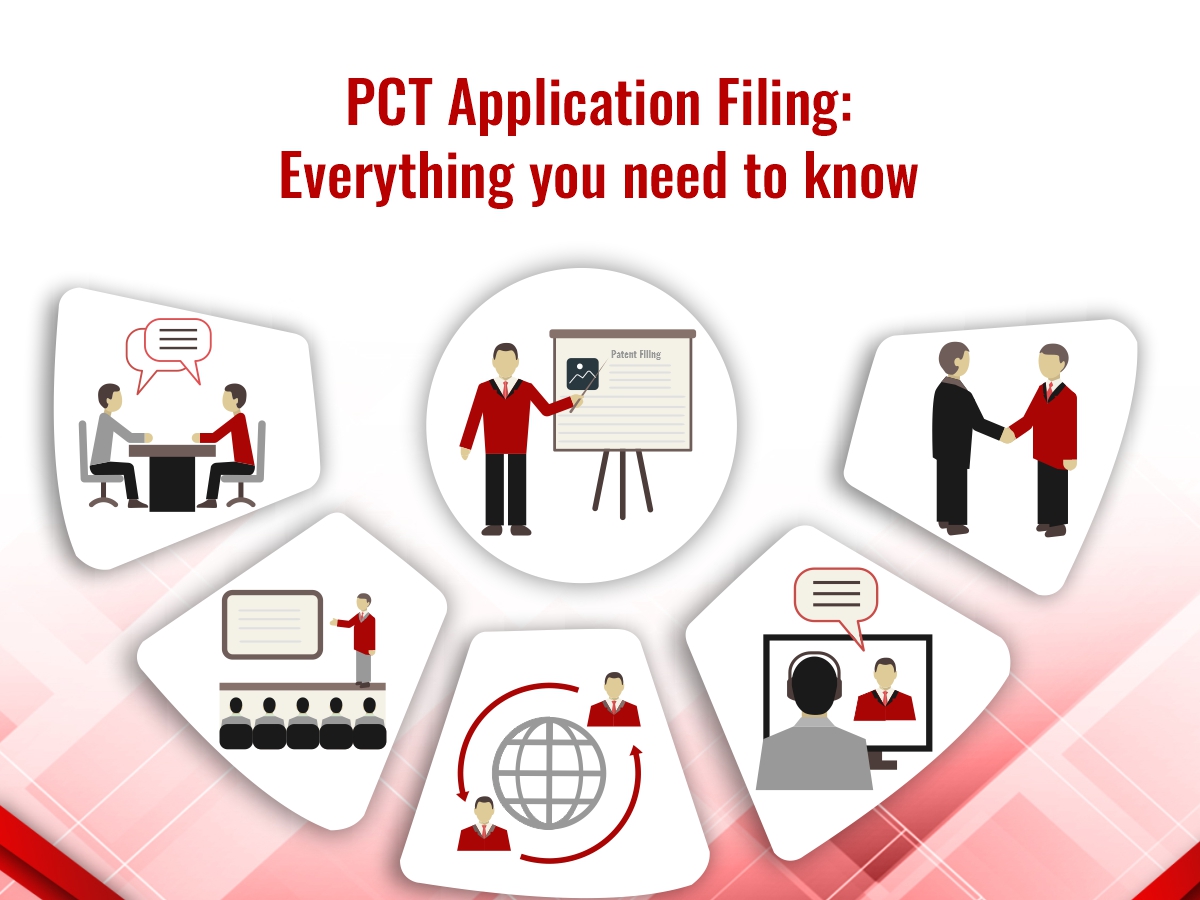Subscribe our newsletter
Please Subscribe our news letter and get update.

People, multinational corporations, research institutes, and universities use patent protection to safeguard inventions. Patent protection only protects the patent rights in the nation it is filed because it is jurisdiction-specific.
The necessity to opt for a PCT application for global patent protection arises when a patent applicant seeks patent protection in other countries. The two main avenues for requesting international patent protection are Convention Patent Application and PCT Application. In this blog today, we will focus on “PCT application Filing”
To make PCT an international treaty, over 155 countries have accepted it. Unlike a conventional application, where you have to file many national or regional patent applications. PCT application allows you to file a single “international” patent application to get patent protection for innovation in many jurisdictions simultaneously.
Still, the granting of patent is controlled by the national or regional patent offices and this phase is known as “national phase”
Bonus Read: How to expand your patent protection overseas?
The procedure for filing a PCT application is:
Three different expenses are typically incurred while filing for a PCT application by applicants when they submit their international applications:
You can also refer to this link to know more about Fees related things provided by WIPO: PCT Fee Tables
As per WIPO, Fees and Payments – PCT system, you can pay your PCT fees to WIPO in one of four ways:
The main advantage of filing a PCT application is that you get a 30 or 31-month filing term in PCT member countries depending on national patent regulations.
The international search report from the International Search Authority (ISA) or the written opinion can also be used by the applicant to determine if the invention is reasonably patentable in the regions or countries where the patent is requested.
A process for filing patent applications that is valid in each of the member countries is established under the Patent Cooperation Treaty (PCT). The WIPO provides the service in question (World Industrial Property Organization). The applicant gets patent protection through this process in 155 nations.
Intellectual property is a tool that makes sure businesses stay competitive and in operation in a global economy. Because of this, one of the key goals innovators pursue when they patent their discoveries is maximum internationalization.
The original patent must be translated into the language of the country in which the innovation is going to be marketed in order for inventors to protect their idea across international borders. In order to get the certificate for the title of registration allowed by the law in the relevant country, translation is therefore required. The translation of a patent must be of the superior quality while filing a PCT application. Be aware that if the patent translation is inaccurate, the various national offices may limit a PCT after it has passed the national phase or even declare it invalid.
Wissen Research’s team manages PCT applications effortlessly. We have successfully handled national phase PCT applications both inside and outside of India in several instances.
Our patent agents have collaborated with patent law firms and attorneys around the world and are qualified to submit PCT applications in India and/or at WIPO. This is how we can help you file a PCT application:
Every year, changes are made to the PCT system to make it more user-friendly and to ensure that it continues to support the objectives of the applicants and the national patent offices in various nations.
The pact fosters international cooperation, inspires innovators, and permits the spread of technological innovation throughout the globe.
Please Subscribe our news letter and get update.
© Copyright 2024 – Wissen Research All Rights Reserved.